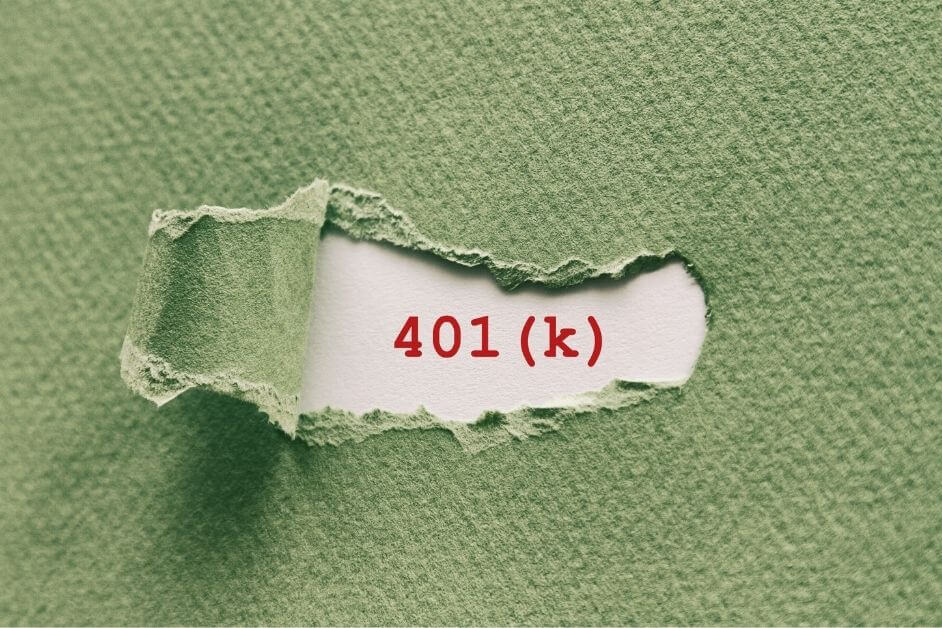Every year, the IRS takes a fresh look at 401(k) contribution limits and makes changes as necessary. They have made some changes for 2020 that you need to know about.
A few of the more significant changes for 2020 include:
- Contribution limits for employees who participate in 401(k) plans, 403(b) plans, most 457 plans and the federal government’s Thrift Savings Plan are increasing to $19,500 from $19,000. The catch-up contribution limit for employees age 50 and over who participate in these plans is increased from $6,000 to $6,500.
- The limit on annual contributions to an IRA remains unchanged at $6,000. The additional catch-up contribution limit for individuals aged 50 and over is not subject to an annual cost-of-living adjustment and remains $1,000.
- The limitation regarding the Savings Incentive Match Plan for Employees — SIMPLE —retirement accounts for 2020 is increased from $13,000 to $13,500.
Income ranges for eligibility to make deductible contributions to traditional IRAs, to contribute to Roth IRAs and to claim the saver’s credit all increase in 2020. You can deduct contributions to a traditional IRA if you meet certain conditions. If during the year either you or your spouse is covered by a retirement plan at work, the deduction is reduced or phased out until it’s eliminated, depending on filing status and income.
Here are the phaseout ranges for 2020:
- For single taxpayers covered by a workplace retirement plan, the phaseout range is $65,000 to $75,000, up from $64,000 to $74,000.
- For married couples filing jointly where the spouse making the IRA contribution is covered by a workplace retirement plan, the phaseout range is $104,000 to $124,000, up from $103,000 to $123,000.
- If you contribute to an IRA and are not covered by a workplace retirement plan and you’re married to someone who’s covered, the deduction is phased out when your combined income is between $196,000 and $206,000, up from $193,000 and $203,000.
- For a married individual filing a separate return and covered by a workplace retirement plan, the phaseout range is not subject to an annual cost-of-living adjustment and remains $0 to $10,000.
The income phaseout range for taxpayers making contributions to a Roth IRA is $124,000 to $139,000 for singles and heads of household, up from $122,000 to $137,000. For married couples filing jointly, the income phaseout range is $196,000 to $206,000, up from $193,000 to $203,000. The phaseout range for a married individual filing a separate return who makes contributions to a Roth IRA is not subject to an annual cost-of-living adjustment and remains $0 to $10,000.
The income limit for the saver’s credit (also known as the retirement savings contribution credit) for low- and moderate-income workers is $65,000 for married couples filing jointly, up from $64,000; $48,750 for heads of households, up from $48,000; and $32,500 for singles and married individuals filing separately, up from $32,000.
This is just an introduction to a complex topic. To find out how these changes affect you, consult with a professional.






